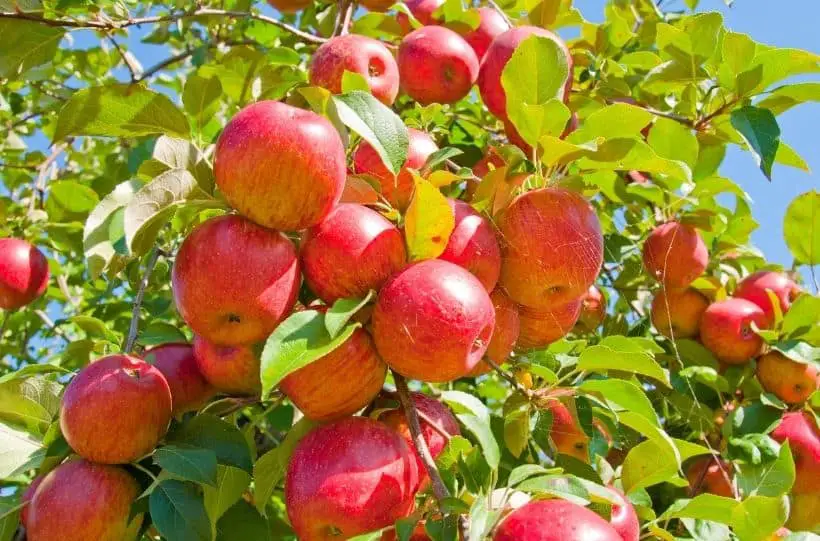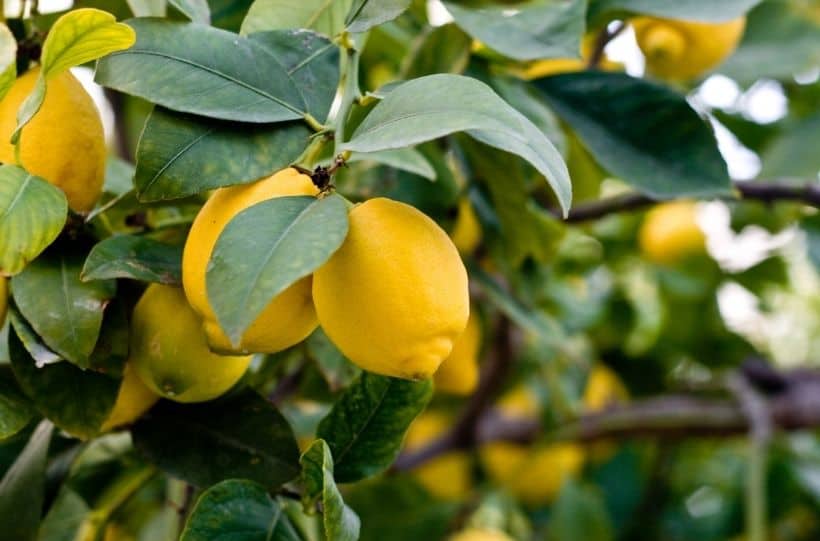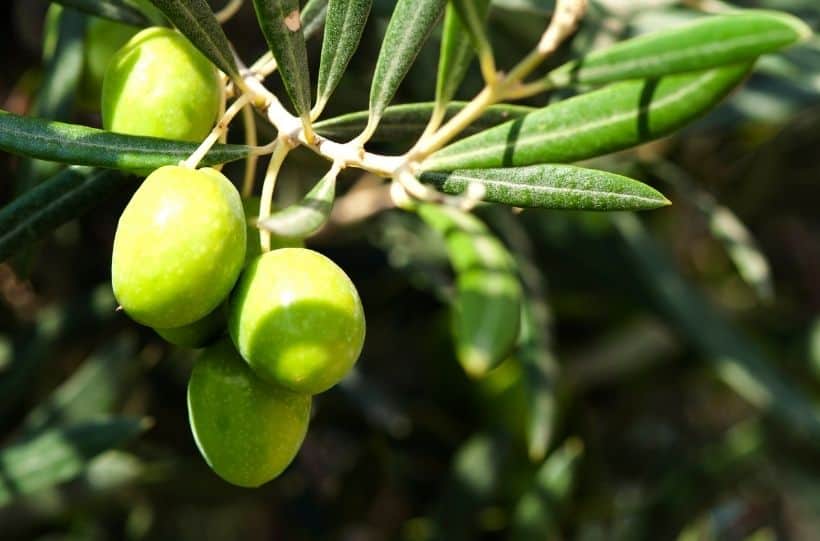3 Favourite Fruit Trees That Gardeners Grow From Cuttings
Growing a fruit tree requires time and patience, but can be extremely rewarding. Starting a fruit tree from cuttings is what most gardeners recommend due to its success rate and being much faster than growing from seeds.
Not to mention that when you grow fruit from seeds, there are no guarantees that the fruit will be of the same quality or taste. Whereas growing directly from a cutting provides a replication of the fruit from the parent plant.
The good news is that many fruits trees can grow from cuttings with the right care and conditions. With the right method of selecting your cuttings, you can grow apple, pear, olive, and even grapes through propagation.
Take a look at these 3 favorite fruit trees that grow from cuttings to help you start.

How To Take Fruit Tree Cuttings
Fruit trees can be grown from both softwood, semi-softwood, and hardwood cuttings. Softer cuttings are generally easier to work with, however, depending upon when you take your tree clippings will depend upon which cutting you retrieve.
Softwood Cuttings
Softwood cuttings are taken early in the year, during Spring. Once the new shoots begin to grow but before it blooms is ideal to take a cutting. The wood will be soft and flexible making it easy to bend. Ensure to be careful with these cuttings as if bent too much, the cuttings can snap.
Softwood cuttings can dry out quickly this time of year, so it is best to wrap them immediately in a wet paper towel before planting. Once ready to plant, apply a rooting hormone to the end which will encourage roots to form. Roots will appear within a month using softwood cuttings.
Semi-softwood Cuttings
These cuttings are taken from fruit trees during the summer months. Ensure to take a cutting from a new shoot grown that year. Though not as flexible as softwood cuttings, great care is still required as they can snap and dry out too quickly.
The same method applies to semi-softwood cuttings and requires rooting hormones to be added before planting. It can take as long as 6 weeks for semi-softwood cuttings to develop roots.
Hardwood Cuttings
Finally, the longest cuttings to establish, and the least preferred method, are hardwood cuttings. Cuttings are taken from fruit trees towards the end of the growing season in late Summer and early Autumn when the trees are dormant.
Again, it is best to take cuttings from new growth that year, which can often be found higher up the tree.
Cuttings will be rather dry at this time of the year and can easily snap due to being harder. Cuttings will need to be grown in a greenhouse and regularly misted to remain moist. Before planting, ensure to add the rooting hormone first. Hardwood cuttings can take anywhere up to 6 months to develop and establish roots.
For each cutting type, you need to allow the roots to reach at least 3cm before transplanting them into a larger container. Your fruit trees will need extra protection from the elements during the first year of their life as this is the time they establish their roots and begin to develop shoots.
When taking cuttings from fruit trees, to minimize health problems you need to sterilize your equipment first. Then use a sharp gardening knife to cut off a new shoot at least 15 cm long. Remove any leaves or buds from the cutting before planting.
3 Favourite Fruit Trees That Grow From Cuttings
Apple Trees
Although not the easiest fruit trees to grow from cuttings, you can grow a new apple tree from a cutting with the right care.

Cuttings are best taken in winter or early spring during dormancy. The cutting then needs to be stored and kept cool for up to 4 weeks. It is best to store the cut end in sawdust to help protect it.
After 4 weeks, a callus will have formed which needs to be dipped in rooting hormone and then added to a container. At this point, the cutting needs a warm, moist area to allow roots to form.
If leaves begin to show after a few weeks, this will also imply that roots have begun to form too. Adding liquid fertilizer will help your apple tree cutting along. Once the roots have been established, your apple tree can be transferred into a larger container or planted outdoors.
Lemon Trees
Taking cuttings from lemon trees has a higher success rate than apple tree cuttings, as long as the tools are sterile and clean.
Cuttings from lemon trees require potting immediately after cut and need peat-based soil added to the pot. Lemon trees are vulnerable to root diseases, so to minimize this risk, it is best not to use garden soil for fresh cutting.
For lemon tree cutting to develop roots, they require positioning in an area with warmth and humidity. A greenhouse is an ideal environment for establishing your cuttings. To offer even more support, add a plastic bag over the top of your container with a support to hold the bag away from the cutting itself. Remember to add a couple of holes to the bag to allow excess moisture to escape.
After about 8 weeks, the cutting should have rooted. At this point, you can transfer your cutting to a larger container. With regular water and fertilizer, your lemon tree will establish and grow.

After the first year, it should begin to develop fruit depending upon the variety of lemon trees you are growing.
Olive Trees
Olive trees are another popular fruit tree that can be grown from cuttings. To avoid moisture loss, it is best to only remove the lower leaves from your olive tree cutting and leave a few at the top.
You can then add rooting hormone to the tip of your olive tree cutting and plant it into a combined mixture of well-drained soil.
Olive tree cuttings can lose moisture quickly, so it is important whilst they develop roots to mist at least twice a day. Once roots are developed after around 3 months, your olive plants only need watering once a week.
Once roots have been established, you can plant your olive cutting into a larger container. However, they are still vulnerable so best to be kept in a sheltered location. After a few months, the small tree will be strong enough to be planted outside permanently.
It can take up to 3 years for a new olive tree to produce olive fruits.

These three fruit trees are some of the most popular varieties around the world. Each tree can be grown from cuttings but needs extra care to protect them from diseases and rotting. Ensure your equipment is sterile and sharp to produce a clean cutting from older fruit trees.
After a few years, your new cuttings will be strong enough and established to then begin producing fruits of their own.
And check out these guides to help you when growing lots of these delicious fruits:
